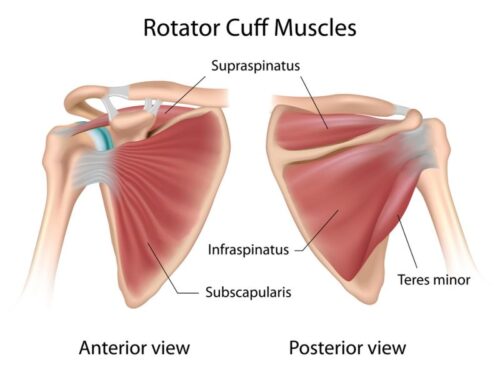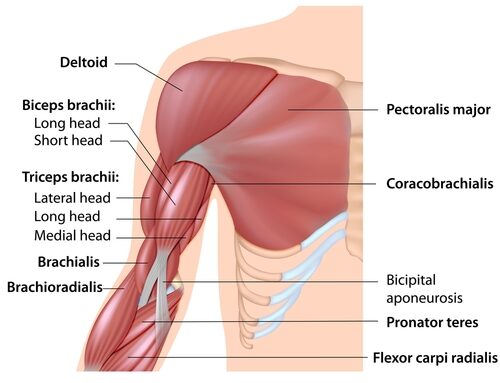Migraines and Oxidative Stress
Introducing a new way of thinking, a recent article focuses on an interesting idea about migraine attacks: that they might be a way the brain protects and fixes itself. The article shares recent discoveries and how they could help people with migraines. These findings are published in the “Headache” journal.
brain protects and fixes itself. The article shares recent discoveries and how they could help people with migraines. These findings are published in the “Headache” journal.
The Significance of Migraines
Roughly 14% of the global populace, equivalent to around 1.04 billion individuals, experience the impact of migraines. Within the confines of the United States, migraines contribute to a staggering estimated loss of $36 billion per year in terms of productivity, leading to the forfeiture of approximately 113 million workdays. [Relief for Migraines]
Oxidative Stress as a Trigger
Earlier investigations have indicated that individuals grappling with migraines tend to exhibit elevated levels of oxidative stress. Dr. Jonathan Borkum, hailing from the University of Maine and possessing a PhD, highlights that factors known to trigger migraines, encompassing stress, disruptions in sleep, noise, air pollution, and dietary patterns, hold the potential to amplify oxidative stress within the brain. This pertains to an imbalance between the generation of free radicals and the body’s capacity to counteract their detrimental impacts. Dr. Borkum emphasizes that oxidative stress operates as a valuable forewarning of impending harm, as several unfavorable conditions within the brain can precipitate its emergence. Consequently, the targeted alleviation of oxidative stress emerges as a plausible strategy to avert or proactively manage migraines.
Components of a Migraine Attack
Within his article titled “Views and Perspectives,” Dr. Borkum meticulously examines the individual elements comprising a migraine attack. Against the backdrop of a recognized threat to the brain—namely, an interruption in blood supply—each of these components serves a protective function. This entails bolstering antioxidant defenses, curtailing oxidant production, reducing energy demands, and notably, liberating growth factors into the brain. These growth factors assume the role of safeguarding existing neurons while facilitating the emergence and maturation of novel ones. Dr. Borkum elaborated, highlighting the existence of intricate feedback loops that interconnect these facets of a migraine attack, forming a cohesive integrated system. Consequently, it becomes apparent that migraine attacks not only emerge in response to oxidative stress but actively function to shield and restore the brain from its impact.
Looking Beyond the Symptoms
 Over the past years, it has been tempting to perceive the migraine attack, encompassing pain, nausea, and sensitivity to light and sound, as the primary disorder. However, conventionally, the symptoms associated with a disease—such as fever, swelling, pain, or cough—do not constitute the disease itself but rather form a component of the body’s defensive response against it. Therefore, the theory presented here urges us to delve beneath the surface of the migraine attack and delve into the brain’s foundational susceptibility, specifically the origins of oxidative stress, to truly address and understand migraines.
Over the past years, it has been tempting to perceive the migraine attack, encompassing pain, nausea, and sensitivity to light and sound, as the primary disorder. However, conventionally, the symptoms associated with a disease—such as fever, swelling, pain, or cough—do not constitute the disease itself but rather form a component of the body’s defensive response against it. Therefore, the theory presented here urges us to delve beneath the surface of the migraine attack and delve into the brain’s foundational susceptibility, specifically the origins of oxidative stress, to truly address and understand migraines.
Implications for Treatment and Prevention
The novel perspective that migraine attacks are part of an integrated mechanism for brain protection and repair holds significant implications for both the treatment and prevention of migraines. By recognizing the role of oxidative stress as a trigger, there emerges a new avenue for developing targeted therapeutic approaches. Strategies that focus on reducing oxidative stress levels within the brain could potentially lead to the creation of more effective preventive medications. Additionally, understanding the release of growth factors during migraine attacks opens doors to innovative treatment options that harness the brain’s own healing capabilities. This theory also highlights the importance of lifestyle modifications that address oxidative stress, suggesting that adopting practices to minimize stressors, improve sleep, manage diet, and mitigate environmental factors could prove beneficial in reducing the frequency and severity of migraines. Embracing this comprehensive approach has the potential not only to enhance the lives of those currently suffering from migraines but also to contribute to the broader understanding of neurological health and pave the way for advancements in preventing neurodegenerative diseases.
In conclusion, this enlightening perspective on migraines not only sheds light on their underlying mechanisms but also underscores the brain’s incredible capacity for protection and repair. With the recognition that oxidative stress plays a pivotal role in triggering these episodes, we are presented with new avenues for both prevention and treatment. As we strive to unravel the intricate threads of this phenomenon, recent findings emphasize the potential benefits of massage therapy for migraine sufferers. Among the various strategies to alleviate the burden of migraines, the healing touch of massage stands out as a promising way to mitigate discomfort and promote relaxation. If you’re seeking relief from migraines and a pathway to well-being, consider taking action today – schedule a rejuvenating massage at Body Ache Escape Massage Center, and embark on a journey towards a more pain-free life.







